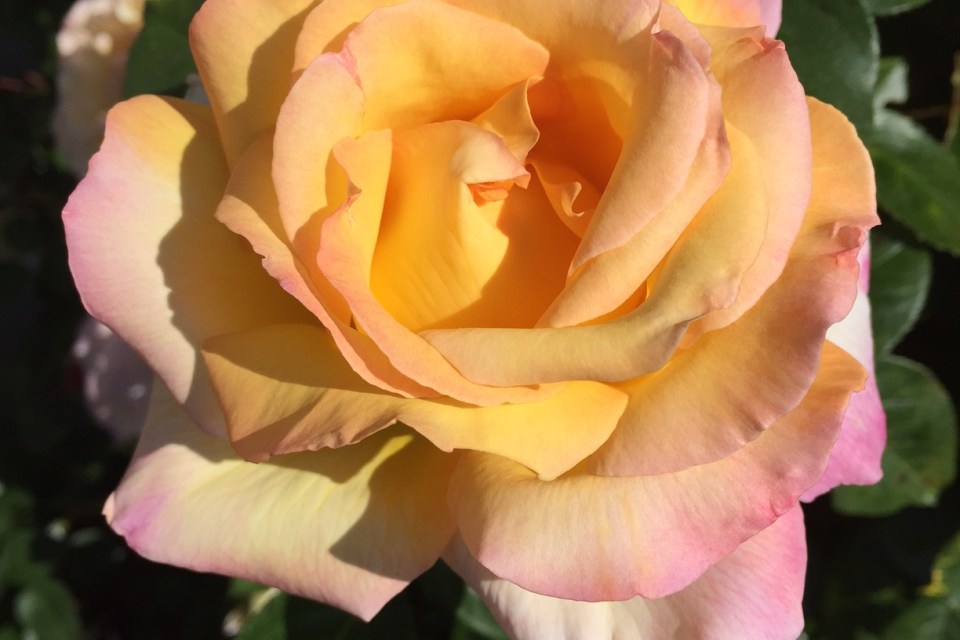I can’t tell you how many diet books are sold each year. I can’t tell you how many different approaches they all espouse. But what I can tell you is this: It’s a billion dollar industry. That’s right…a BILLION dollar industry.
If you have ever walked into a book store (yes, kids, those used to exist…I know) then you probably remember the health section. And if so – you’ve likely seen the “diet” section. If you’ve seen the diet section, I imagine on some level you were either overwhelmed, sickened, or just flat out annoyed with the prospect of deciding which of them really was going to be your ticket to Skinnyville. Or maybe you were all three…who knows.
Here’s the thing…they are all wrong. AND…they are all right. At least on some level.
Ultimately, they all boil down to the same thing: they want to get you to eat less and move more. Each author has simply found the trick that works for them to make that prospect bearable.
In other words: they found a way to eat less, move more, improve the quality of foods they are eating AND do it in a way that allows them to live their lives with ease. Having created that system, they are really excited. It’s kinda like when a little kid finally masters her multiplication table…and she really wants to share her strategy with EVERYONE.
So the good news is this: There is no ONE right way to eat.
The bad news is….There is no ONE right way to eat.
You have to pull up your big-kid panties and figure it out for yourself.
Are you the type of person who doesn’t want to count calories….you want to be able to eat in abundance? Maybe you would do well with a strategy that limits the types of foods you eat. The Paleo diet is known for this. Atins, too. Are you the type of person who doesn’t want to eliminate any one food…but who can eat all of them in moderation? Weight Watchers would probably be a good fit. Want an aggressive weight loss program? Try medical weight management approaches. Are you gluten intolerant? You probably want a diet plan that throws out most grains. This can keep going and going….
In other words: you have to decide what your values are, what your temperament is, what your resources are, and what your food preferences are. Then you have to figure out how to eat less in general, eat more of the “good-for-you” foods, and do it in a way that you could sustain HAPPILY for the long term.
So how do you know that you have found the right strategy for you?
1. You have more energy after leaving the table than you did when you arrived. If you find yourself wanting to take a nap after a meal, ya done messed up. Something about the way you ate (maybe you ate too much…or maybe too much of a specific food that your body doesn’t process well) isn’t jiving with your body. If you leave the table with a satisfied sigh and some pep in your step…you’ve eaten in a way that fits your body.
2. Your food choices are in alignment with your values. If you believe that eating other animals is fundamentally wrong – you’re going to need to create a nutrition plan that is plant-based. Many religious branches encourage fasting. Some insist on eating certain foods meant to embody particular principles within the faith. Whatever the situation – you’ll need to create a plan that makes room for those pieces of your life.
3. You like the food you’re eating. I don’t care HOW healthy the food is. If it disgusts you to eat it, you really have no business shoving it down your gullet. It’s simply not practical. I know plenty of people subscribe to the whole “eat to live, don’t live to eat” principle. And there is something to be said for it. But you know what? Food is awesome. It’s nourishing. You should be able to enjoy yourself while you eat. Otherwise….why would you want to live to 100? What would be the f***ing point?
4. Your method of eating allows you to live your life the way you want to live it. There are plenty of people I know who say “Hey….I LOVE to eat. And if I want to eat until I am damn-near sick to my stomach…then that is my prerogative.” A big part of me really respects that. But you know what? If that same person cannot keep up with his/her children or hike up mountains the way they always used to love…I’m inclined to be a bit skeptical of their fierce proclamations. It makes me think that food is running their lives rather than adding value to it. But on the other hand, if you really value spending long days eating brunch with your friends every Sunday…but you’ve decided you’re going to forgo it because you can only eat specific foods….that may be just as problematic. If you find yourself limiting yourself socially because you’re afraid of what foods may be present…that, too, is a sign to dig deeper. Community is just as important (if not more so) than broccoli. So make sure you’re eating in a way that fosters the kind of lifestyle that resembles who you are and/or who you want to be.
5. You’re willing to allow whatever style of eating you now follow to evolve and change. Creating a healthy lifestyle is a lot like parenting. There is no one right way to do it. And even when you feel like you’ve got a good idea of how to do it well….that little rascal has the nerve to…like….grow. And every year presents a whole new set of challenges for you as a parent. The same is true of nutrition and health. What foods work well for you today might not serve you as well ten years from now. Are you training for a 5K? Well you’re nutrition plan will look different from next year when you’re taking care of your mother-in-law who has recently been hospitalized. Life changes. Whatever style of eating you have adopted needs to adapt with those changes.
In conclusion: The third stage of weight loss is really the place where you get to play. Like with anything you learn, you typically begin with a lot of structure. You learn the scales of a piano. Then you learn how to read music so that you can string together a melody. And then finally…you’re ready to write your own music. The same is true with weight loss. First, you learn scales (literally, in this case….as you’ll probably spend a lot of time measuring your food). Then, you learn how to read the music (or in the case of nutrition….food labels). Finally, you’re in a space where you can create a tune that is uniquely your own. Except that with food, the stove is your instrument and the plate is your canvas.

